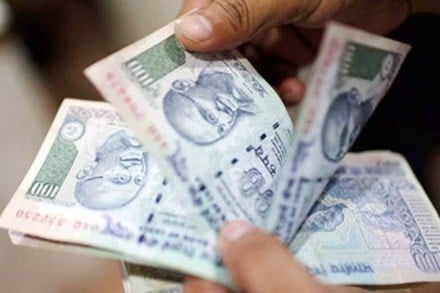The use of ‘buy now, pay later’ schemes for online purchases of groceries and other essentials and equated monthly instalments (EMIs) for large-ticket purchases has increased significantly since the beginning of the Covid outbreak. By some accounts, the use of EMIs is at a record high.
Payment industry executives said that the growing use of these modes is a result of cashbacks and other rewards being offered with these modes at a time when consumers are hamstrung by salary cuts and job losses. The prospect of being able to afford a product or service in instalments without having to make a large payment upfront is driving the adoption of the EMI channel.
The pay-later mode has seen a 50-60% rise in usage from pre-Covid levels and the growth in the EMI mode has been a whopping 100%, said Harshil Mathur, co-founder and CEO, Razorpay. At the same time, the ‘pay later’ mode still constitutes a small portion of all digital transactions because it is offered only to relatively well-heeled consumers with good credit scores.
EMIs, on the other hand, are a mid-market instrument which boost purchasing power. Naturally, they are being used more often at a time of economic distress.
“With job losses and salary cuts, people are buying more through EMIs and other affordability solutions. ‘Pay later’ is more of a convenience product used mostly by the affluent crowd, while the EMI option is generally used by the mid-tier crowd,” Mathur said.
Purchases of white goods and furniture, too, are being made with the ‘pay later’ option. There has been exponential demand for online courses since the Covid-19 outbreak and students are mostly paying through EMIs, said Mahesh Ramamoorthy, managing director- banking solutions, international market, APAC, FIS.
“On account of work from home there has been an increase in demand for office furniture such as chairs, tables, work desks, laptop stands, etc,” Ramamorrthy said, adding, “The groceries and essentials have seen increased consumption, the cashback schemes on essentials and interest free credit for 15-30 days have generated a lot of consumer interest.”
The drivers of these modes of payments were essentially cash-backs, reward points and interest-free credit, all of which have been of help for individuals who needed to bridge the time gap between salary cycles, he said. The phenomenon of a larger number of people trying to enhance their purchasing power by taking advantage of deferred payment options is likely to last. Credit card EMIs are at an all-time high, Angshuman Chatterjee, head products — consumer credit cards and digital acquisitions, HDFC Bank, said in a recent video shared across the bank’s social media channels.
“Customers are choosing to do larger spends by breaking them up into simple EMIs and that is helping consumption,” Chatterjee said. Once the travel industry resumes operations and tourist movement begins, the use of the EMI channel could rise to much higher levels than seen before the pandemic.
